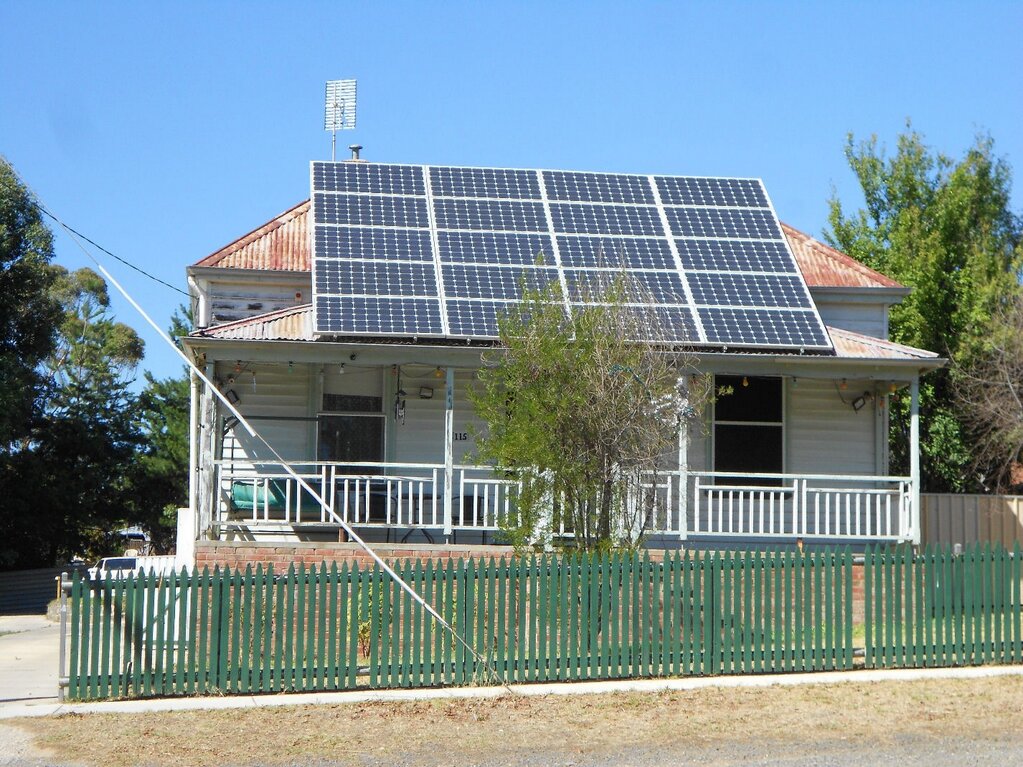Smart Planning?

On 16 October, the State Government released the Reforming the Victoria Planning Provisions discussion paper for consultation as part of the Smart Planning project initiated by the current government. In December, we made a submission to the State Government in response to the proposed reforms. While broadly supportive of the stated intentions, we raised strong concerns regarding the proposals outlined in the Discussion Paper, and in particular criticised the the lack of detail regarding proposed reforms to the Victorian Planning Provisions, and the lack of broad public consultation.
Launched in July 2016, Smart Planning is a two-year program to reform Victoria’s planning system. It is the first funded review and reform of the planning system in more than 20 years. Smart Planning’s stated objectives are to simplify planning regulation to improve the quality, consistency and efficiency of planning decision making, and develop digital systems that allow citizens, industry and government to more easily access and understand planning rules and processes. The Reforming the Victoria Planning Provisions discussion paper, exhibited in late-2017, focused on the structure and operation of the VPP. The paper is divided into five proposals:
- Proposal 1: A simpler VPP structure with VicSmart assessment built in
- Proposal 2: An integrated planning policy framework
- Proposal 3: Assessment pathways for simple proposals
- Proposal 4: Smarter planning scheme drafting
- Proposal 5: Improve specific provisions
Significantly, the proposed changes contemplate an increase in the classes of applications which can be assessed under VicSmart, which would therefore not be subject to public notification, removing the ability for planners to exercise discretion when issuing some types of permits for heritage places, and eliminating third party notice and appeal rights.
In January 2018, the Minister for Planning gazetted Planning Scheme Amendment VC142, introducing the first round of reforms to the Victorian Planning Provisions. Notably, the Amendment was gazetted only a short time after public consultation on the proposed reforms closed. The Amendment has introduced the following changes to Heritage Overlay provisions:
Revises Clause 43.01 (Heritage Overlay) to:
Exempt the following from a planning permit:
- Fences, swimming pools and spas (and associated equipment), decks, nondomestic disabled access ramps, and electric vehicle charging stations if they are not visible from a street (other than a lane) or public park.
- Services normal to a building other than a dwelling, including chimneys, flues, skylights, heating and cooling systems, hot water systems, security systems and cameras, downpipes, window shading devices, or similar if not visible from a street (other than a lane) or public park.
- Bicycle pathways and trails.
Clarify a planning permit is not required for roadworks which do not change the appearance of a heritage place or which are generally undertaken to the same details, specifications and materials.
Introduce an exemption from notice and review for roadworks, electric vehicle charging stations and services normal to a building other than a dwelling.
Reflect within Clause 92 (State VicSmart Applications) that applications under a Heritage Overlay include the following:
- Construct or install an electric vehicle charging station,
- Construct and install services normal to a building other than a dwelling including chimneys, flues, skylights, heating and cooling systems, hot water systems, security systems and cameras, downpipes, window shading devices, or similar.
The exemption for fences is particularly concerning, and has been the subject of previous National Trust submissions to the State Government. The exemption of bicycle paths is also a significant concern, with a recent proposal for a bike path along the central median in Sturt Street, Ballarat, providing an example of how the creation of new bike paths can undermine heritage significance. Notably, VicRoads has just capitulated on this plan following community concerns, highlighting the importance of public consultation for such projects. We are concerned that the reforms that have been gazetted will have unintended consequences, and maintain our position that having a permit trigger for such works is the best way of ensuring that discretion is exercised, and best practice followed.
Image: solar panels on a historic house in regional Victoria, by Lisa Gervasoni.
+ There are no comments
Add yours